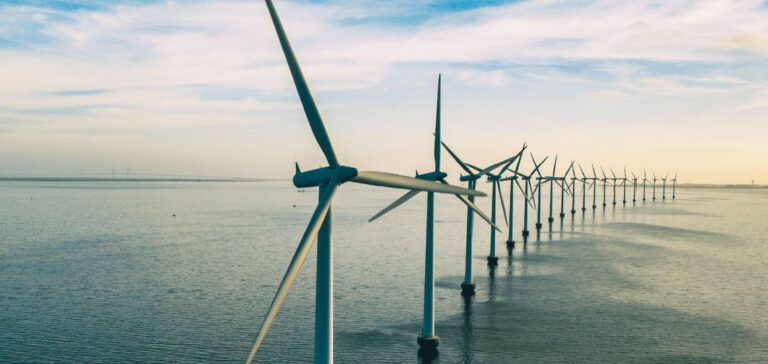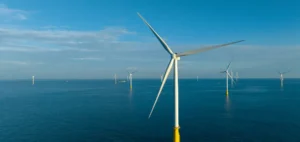The global offshore wind capacity is poised for a strong recovery in 2025, with estimated additions of 19 gigawatts (GW), according to a study by Rystad Energy. Following a slowdown at the end of last year, when new installations amounted to just 8 GW—2 GW less than the previous year—this rebound is supported by a record wave of lease sales for maritime zones designated for wind turbine installations. Mainland China, which remains the largest global market for offshore wind, is expected to account for 65% of this new capacity. Global additions in 2025 will surpass previous records, exceeding the 18 GW added in 2021 by 1 GW.
Growth of the floating sector and logistical challenges
The floating wind sector, which has recently seen a surge in project announcements, faces similar challenges to the traditional sector of fixed turbines, installed on foundations anchored in shallow waters. These logistical difficulties, particularly supply chain constraints, could hinder progress in deploying floating technology in the short term. To date, estimates forecast a capacity of less than 7 GW for this technology by 2030. Overcoming these obstacles will likely require increased government support.
Record auctions and uncertainty over lease agreements
In 2024, a record volume of 55 GW of offshore capacity was proposed in global lease auctions, outside of mainland China. However, it is not guaranteed that this capacity will be fully allocated. For example, in the United States, no bids were placed for a 3 GW floating project auction off the coast of Oregon, while the Gulf of Maine auction allocated about 7 GW of the 13 GW offered. Although auction offerings reached significant levels, they are expected to be lower in 2025, with proposed capacities ranging from 30 to 40 GW.
US federal policy and impacts on development
Offshore wind development is also facing uncertainties related to US federal policy. In January, President Donald Trump signed a memorandum suspending new leases and approvals on the Outer Continental Shelf (OCS), due to environmental and security concerns. This measure may persist throughout his term, creating uncertainty for ongoing projects and delaying new developments in the region.
A gradual return of investments in 2025
Despite significant delays in final investment decisions (FID) for new offshore wind projects in 2024, some notable progress has been made. Projects such as Inch Cape in the UK, with a capacity of 1.1 GW, or Empire Wind 1 in the US (810 MW), secured their financing in January 2025, thus reassuring investors. Additionally, several projects in Poland, the UK, and Germany are well positioned to reach their FID in 2025, with forecasts indicating 9.5 GW of investments for the coming year.





















